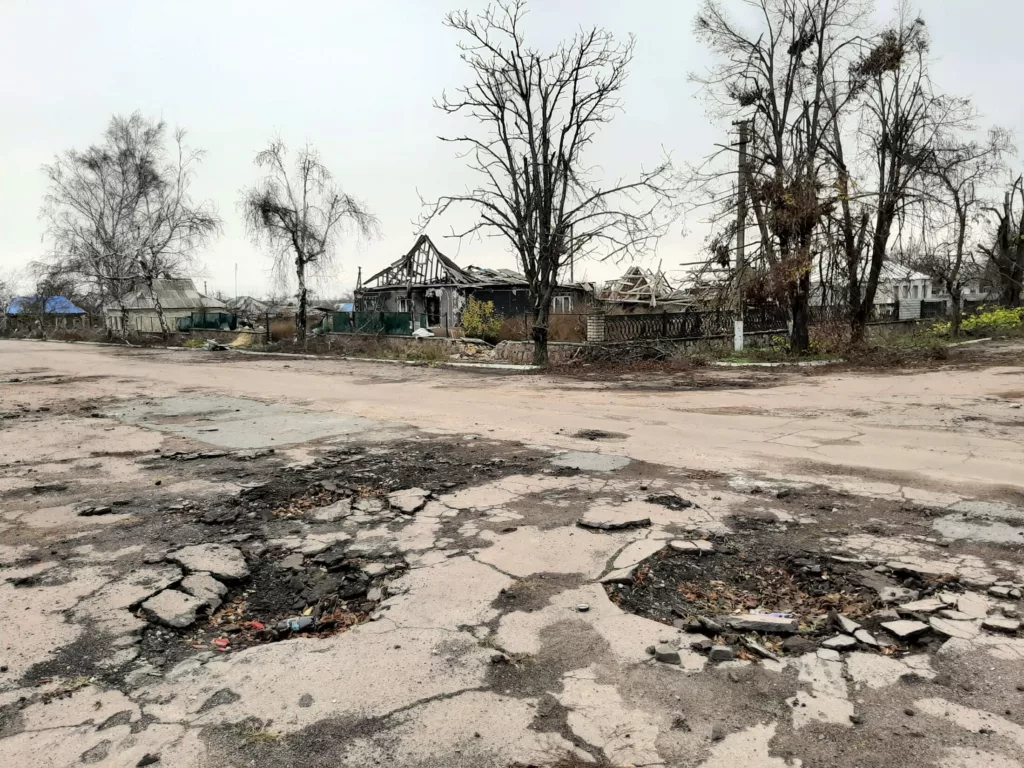For 40 years, International Medical Corps has deployed to countries in need of humanitarian assistance. When a region is hit by hurricane, earthquake or other natural disaster, we are often on the ground within 24 hours. We also deploy during times of conflict—situations that create unique security challenges for our teams that natural disasters do not.
International Medical Corps has been at the forefront of humanitarian security since creating a standalone security department in 2006, a time when few other NGOs had one. All but four of the countries where we currently work have active conflict zones, and only two of our missions do not have dedicated security staff in country.
There are different types of conflict, each of which has its own challenges. There are state vs. state conflicts, such as Russia’s ongoing attack on Ukraine. And, in countries like Sudan or the Democratic Republic of the Congo (DRC), there are conflicts where one or more combatants are non-state actors.
Whenever we open a new program, we start by using a predefined, industry-standard methodology to conduct a security-risk assessment. It begins with looking at what type of program we’re running, where and how it’s going to be implemented, and what assets and resources we have. The next part is a threat assessment—identifying the threats that are most likely to occur in each particular context with each program type.
“We list all the general threats that are possible—robbery and so forth—and then threats that are more specific to the context,” Global Security Director Tim McAtee says. “For example, let’s say we are running a gender-based violence program in a location with a very conservative religious population. That can be sensitive and bring its own type of threats.”
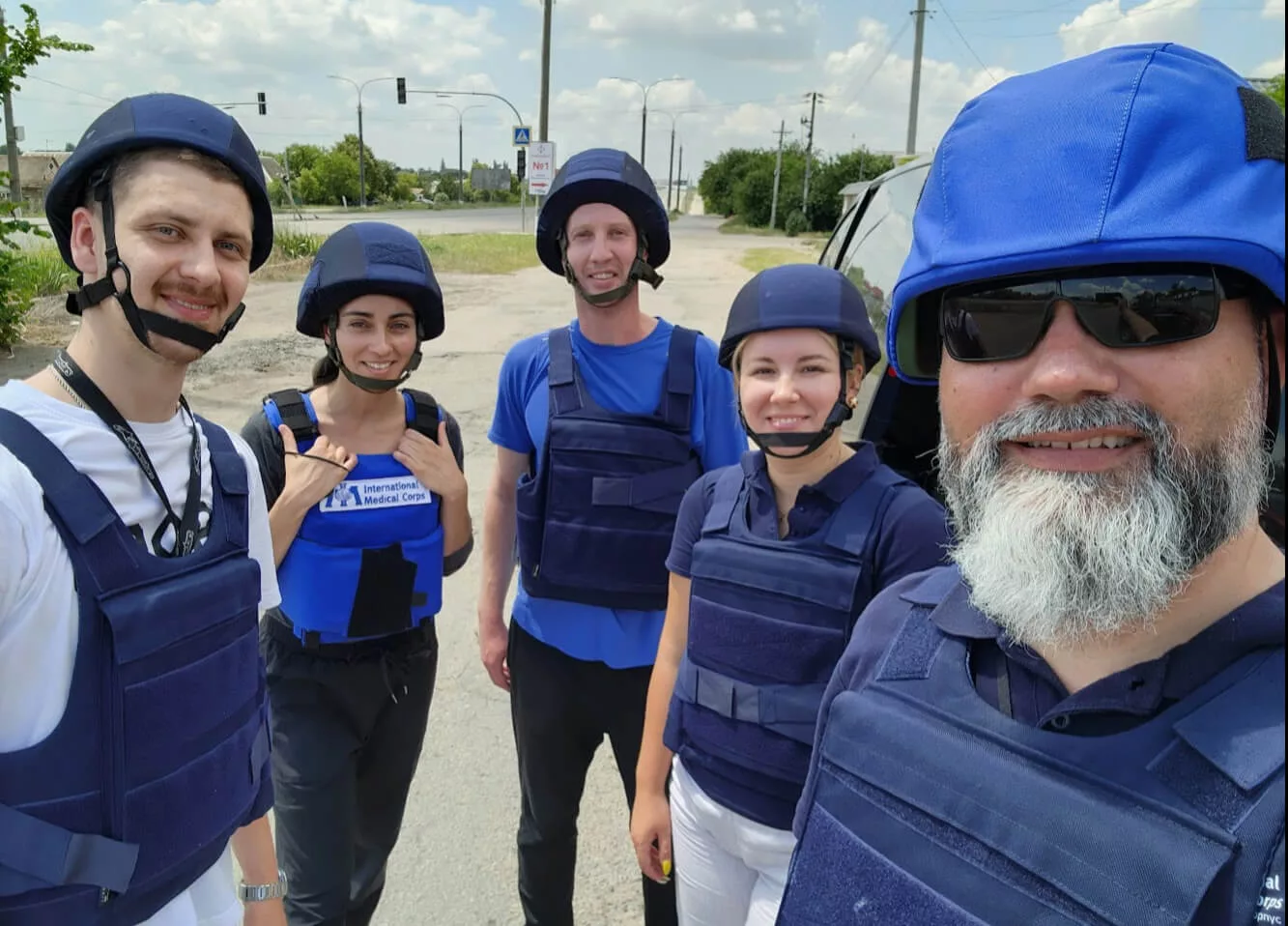
The next step is to identify an initial risk level. “Risk equals likelihood times impact: how likely is it to occur? And what’s the impact level?” Tim explains.
For instance, if there’s a threat of a food-distribution site getting mobbed by a huge, desperate crowd of people, the Security team determines the risk level for that scenario and then identifies mitigating measures—which often go into our budget for the program and inform how we’ll run it.
Once the Security team has made these assessments, they send a small group of people—typically including a security officer, security assistant and locals from the area—to the site we’ve identified for services. This group conducts an in-person assessment, noting the potential dangers faced by staff, whether there are any armed elements in the area, whether the authorities are okay with our presence and whether they can guarantee that our staff will be under protection. In some situations, we may talk to the armed elements to see if they will guarantee non-disturbance during our services. If they can’t, then we have to make sure that we can move in and out quickly, or find another suitable way to implement programs safely.
Security in Times of Conflict
Though we have an orderly process for determining threat and risk levels, that doesn’t mean that security work is straightforward.
When a conflict arises or the nature of an existing conflict changes drastically—as it did when Russia staged a full-fledged invasion of Ukraine in February 2022, after years of proxy war in the southeast—our mission has to staff up rapidly, and we may be starting almost from scratch.
After the first few weeks, once things have stabilized a bit and there’s more clarity on who controls what areas, we begin negotiating access and figuring out how to deliver services to populations in need. This can be a challenging process, because there are many parties—country, regional and local governments, and community leaders—with different needs.
“Each of these groups has its own interests that are difficult to fulfill. And this often results in delay of program delivery, especially during startups,” says Roving Security Manager Aden Dahir Noor.
“Right from the offset, the difficulties you’re going to face are access, getting in and out, and providing supplies—which can be extremely dangerous at the best of times,” says Deputy Director of Global Security Lee Hardy. “There are a lot of unknowns, a lot of uncertainty, and you kind of have to determine your own fate.”
In any conflict zone, the situation is fluid. For example, being able to safely access an area one day does not necessarily mean safe passage will be possible the next. “You never have a guarantee of a safe access,” says Roving Security Manager Anthony Razaire. “That’s why assessments need to be taken very, very seriously.”

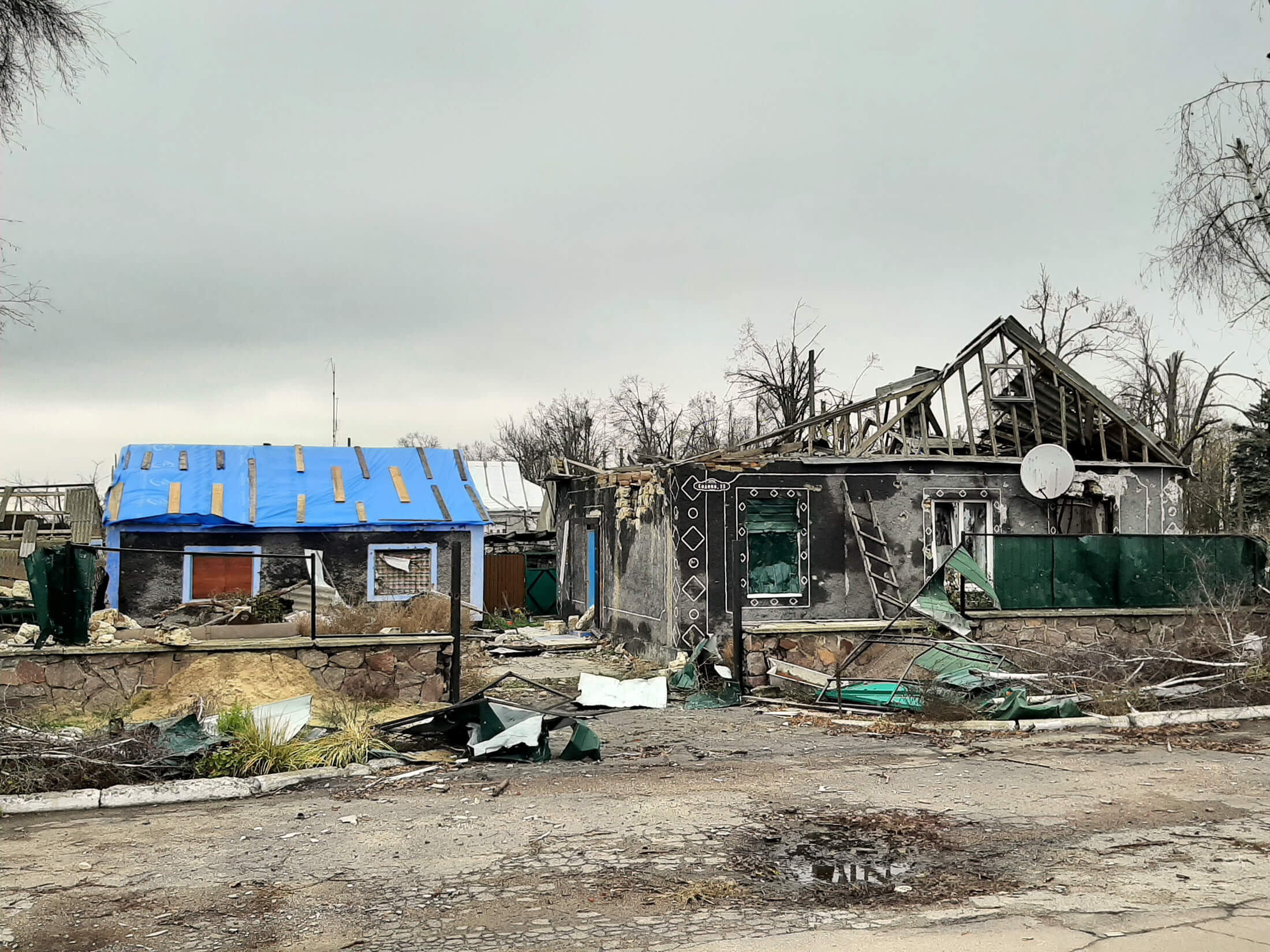
In many areas, conflicts are further compounded by other threats and hazards—such as Ebola outbreaks in the DRC.
“There, we faced a dangerous, deadly disease on top of civil war, as well as other natural hazards, like flooding and dangerous environmental conditions,” Tim says. “Trying to marry all those things together and come up with a strategy for access and protocols for movement of staff, and preparing for all these different eventualities just further complicates the existing conflict.”
Part of being a good security officer is effective communication: informing mission staff about safety and security plans, as well as non-verbally communicating calm in times of stress. When an air-raid siren alert goes off and staff members have to get to shelter immediately, panic may set in. During these situations, staff members may look to security managers to gauge how dire the situation is. If they see the security officers behaving in a calm, methodical way, they’re more likely to feel calm themselves. Global Security Advisor Jose Hernandez calls it “psychological security.”
“If you build a strong relationship with staff before that time, they’ll see you as a trustworthy guide,” he says. It’s important for our teams to always be prepared for the worst, rather than react when the worst takes place. In countries where there is high risk, we need resources to address or to reduce the impact of threats. That’s why we use security risk assessments during proposal development to determine the level of resources we need.
“When security risks are too great, and the security resources are too few, programs cannot be delivered,” Aden says. “Because security was overlooked, the challenge becomes too great.”
Security in Ukraine
Country Senior Security Manager Kevin Burton has worked with International Medical Corps through conflicts in multiple countries: Syria, Iraq and now Ukraine, where he oversees a team of six.
In his experience, the conflict in Ukraine differs greatly from the one in Iraq, where non-state combatants are involved. “In Iraq, you could travel within a kilometer of the front of the conflict line because the technology and weapon systems were so different than in Ukraine,” he says. “We don’t operate within 20 kilometers of the conflict line in Ukraine—we’re not set up for that, and it’s difficult to get to those areas.”
When conducting hygiene-kit or cash-assistance distributions in locations near the frontlines in Ukraine, where there is near-constant bombardment, teams must consider where they set up so that they don’t put beneficiaries in danger. Local authorities might also put a limit on the size of groups that can gather and where they can go.

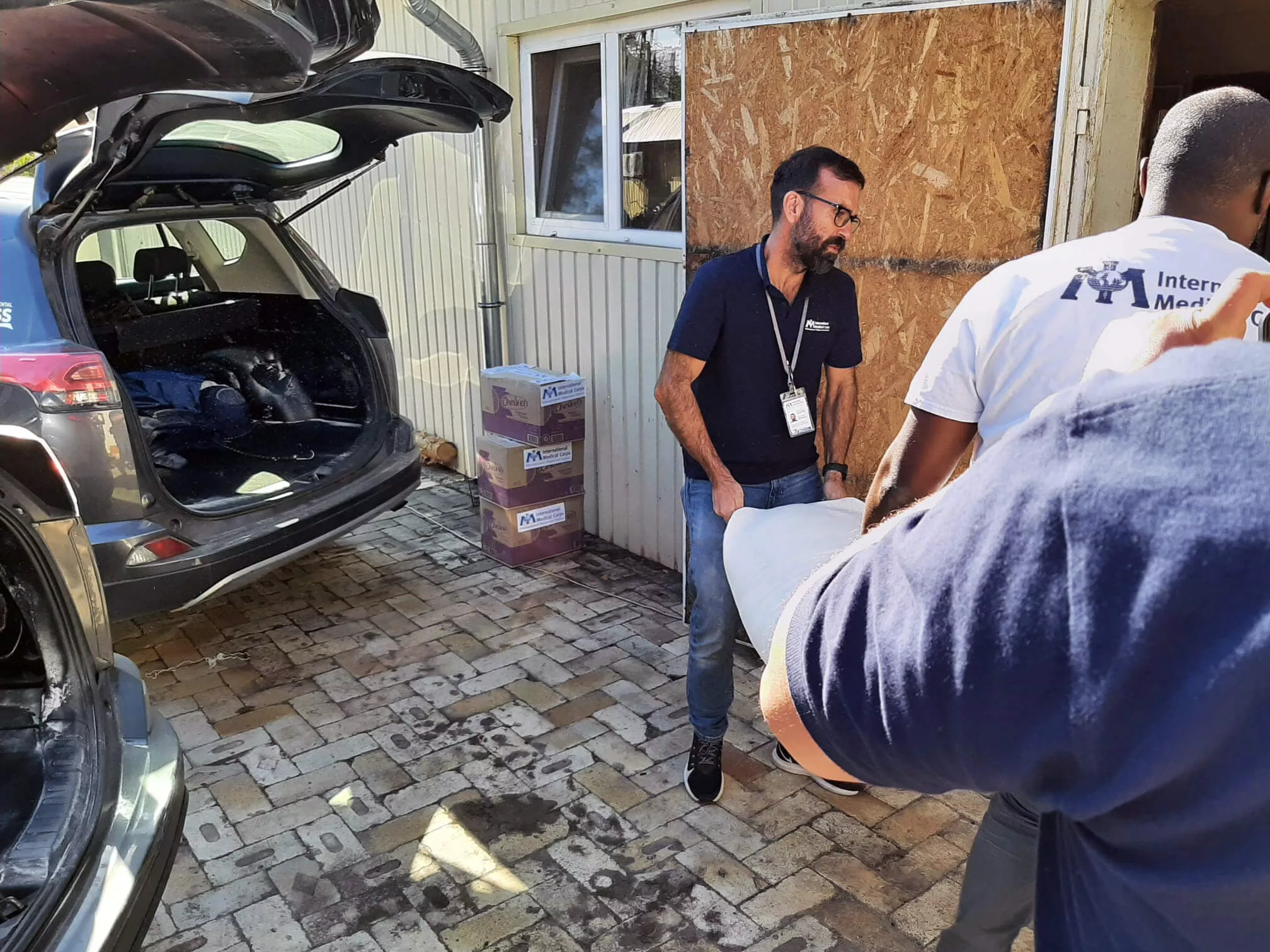
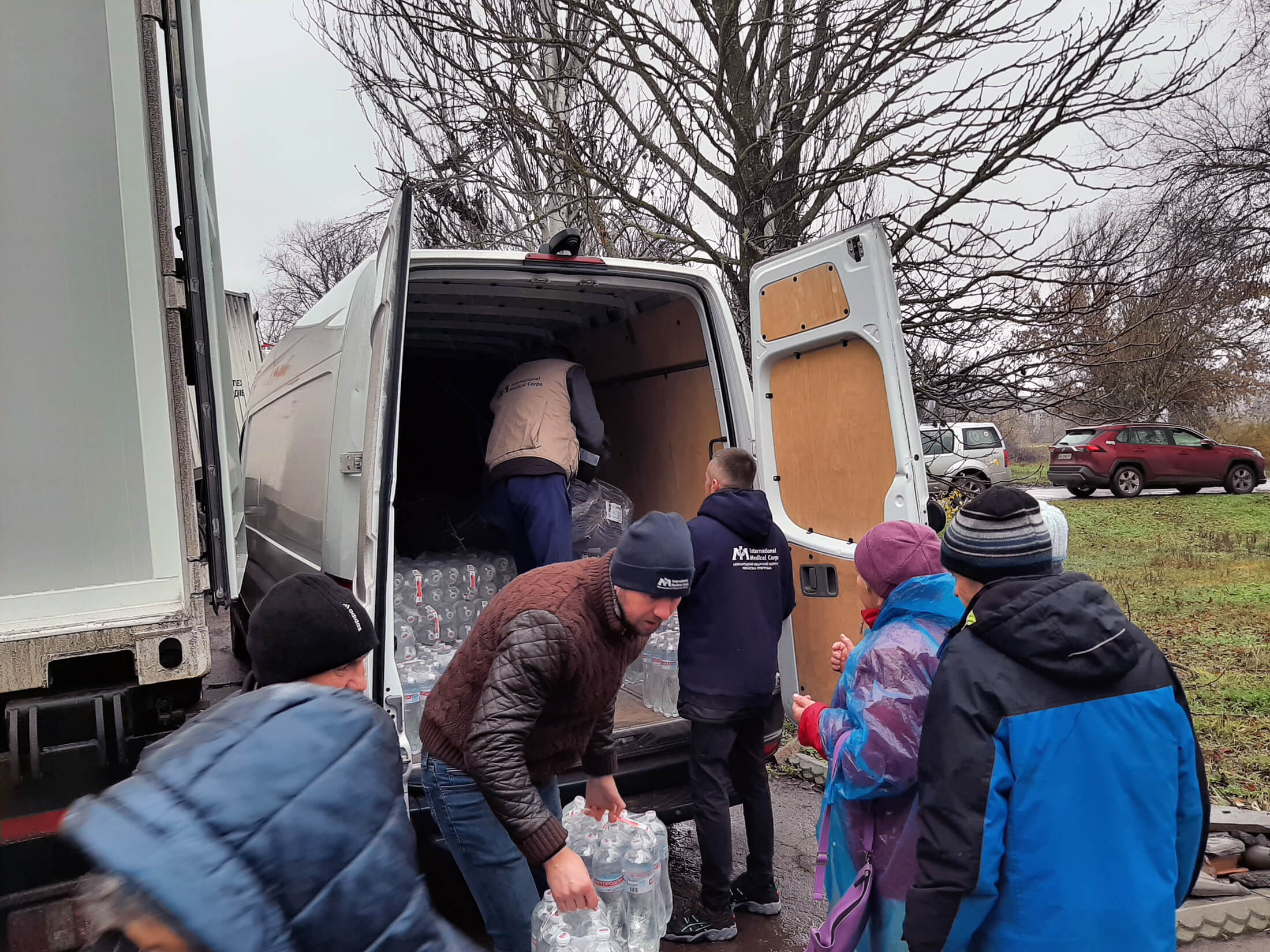
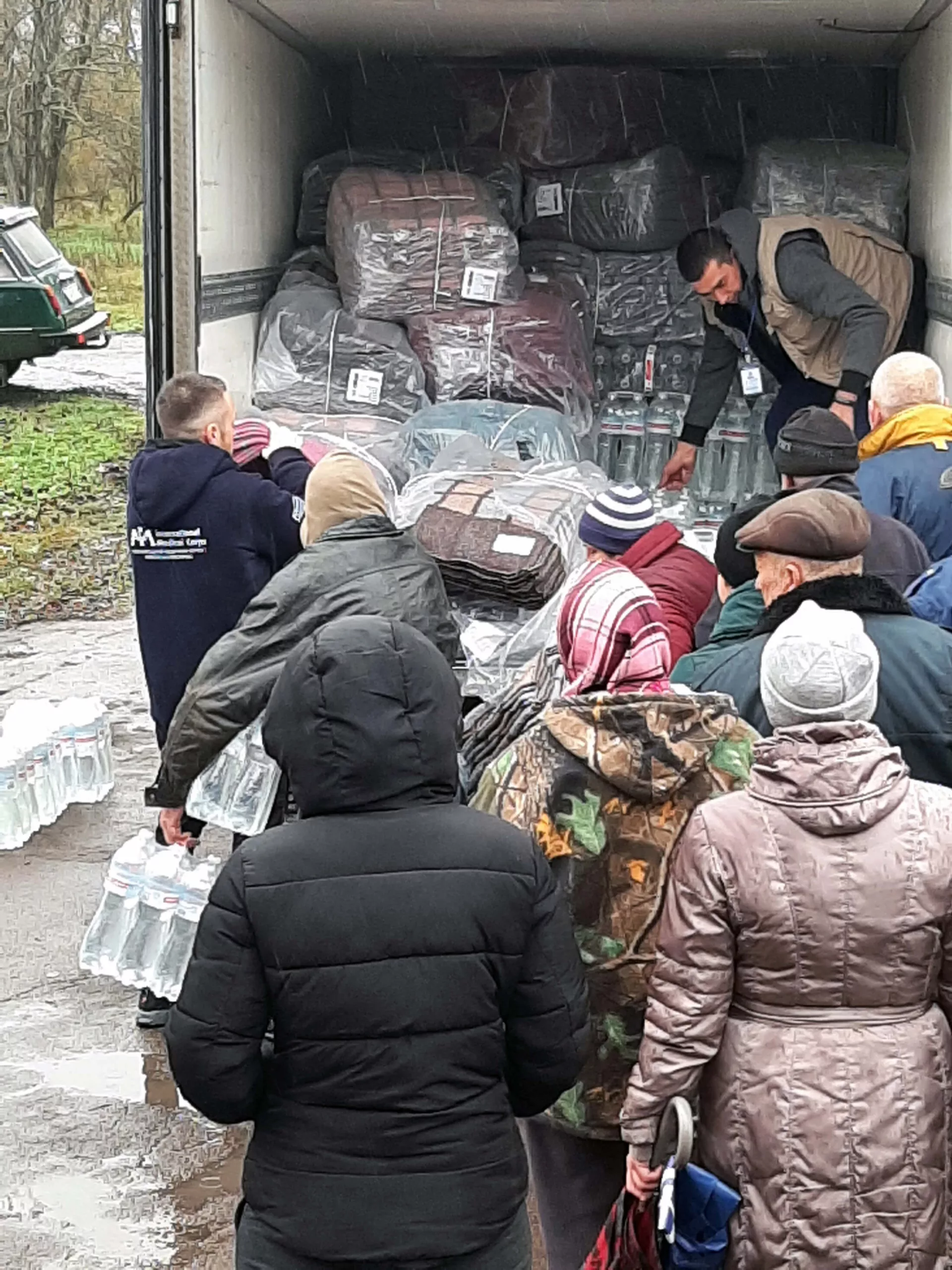
“We will never push to an area that we think is too dangerous because there’s nothing we can do there. We have to get the balance of what we can actually do for people right,” Kevin says. “Anyway, the military here is quite strict. They will give you advice, but they will not let you into certain areas.”
In Ukraine, Kevin and his team work with the technical staff to understand how their programs work and what the teams want to do. Then they help them set up their program spaces.
“It’s making sure that it’s not only International Medical Corps staff who are safe but the beneficiaries, as well,” Kevin says.
Kevin keeps an eye on about 10 WhatsApp groups from different offices and locations so that he can understand when and where staff members are moving around. Drivers are given strict instructions on where they can and can’t drive, because landmines and unexploded ordnance are everywhere.
“You’ve really got to look at how you do things,” Kevin says. “It’s a different approach that you’ve got to have here compared to other areas where we work as an organization.”
One thing remains the same for our security teams, no matter where they work and no matter the security situation: safety comes first. Across the globe, International Medical Corps Security staff are dedicated to ensuring that program staff members can safely do their jobs—and beneficiaries can benefit from our services, whenever they need them.
